Network Pharmacology and Molecular Docking Analysis of Mahuang Fuzi Xixin Decoction for Arrhythmia
DOI: 10.23977/medcm.2025.070313 | Downloads: 0 | Views: 34
Author(s)
Nuan Cui 1,2, Jiahao Ye 3, Hao Liang 3
Affiliation(s)
1 Institute of TCM Diagnostics, Hunan University of Chinese Medicine, No.300 of Xueshi Road, Science-education Industrial Park, Yuelu Region, Changsha, 410208, P.R.China
2 Provincial Key Laboratory of TCM Diagnostics, Hunan University of Chinese Medicine, No.300 of Xueshi Road, Science-education Industrial Park, Yuelu Region, Changsha, 410208, P.R.China
3 Academy of Chinese Medical Sciences, Hunan University of Chinese Medicine, No.300 of Xueshi Road, Science-education Industrial Park, Yuelu Region, Changsha, 410208, P.R.China
Corresponding Author
Hao LiangABSTRACT
This study employed integrated network pharmacology and molecular docking to elucidate how Mahuang Fuzi Xixin Decoction (MFXD) counters cardiac arrhythmia. Bioactive compounds and targets of Ephedra sinica, Aconitum carmichaelii, and Asarum heterotropoides were retrieved from BATMAN‑TCM, while arrhythmia‑related genes were compiled from GeneCards, DisGeNET, and NCBI. Overlapping targets defined the MFXD–arrhythmia set used to construct an arrhythmia–MFXD–compound–target network in Cytoscape and a STRING protein–protein interaction (PPI) network; functional annotation used GO and KEGG enrichment in R, and representative interactions were evaluated with AutoDock Vina. In total, 273 bioactive compounds and 78 shared targets were identified; PPI analysis highlighted six hubs (INS, TNF, IL6, ALB, TP53, PPARG). GO analysis yielded 2,048 significant terms and KEGG identified 158 pathways, prominently oxytocin signaling, hypertrophic cardiomyopathy, and cAMP signaling. Docking showed broadly favorable affinities (mostly ≤ −6.0 kcal·mol⁻¹), with the most favorable scores for TP53–3beta‑Hydroxyurs‑12‑En‑28‑Syre (−8.2 kcal·mol⁻¹), ALB–quercetin (−8.1 kcal·mol⁻¹), and PPARG–quercetin (−7.9 kcal·mol⁻¹). Collectively, these findings indicate that MFXD exerts anti‑arrhythmic effects through coordinated, multi‑component modulation of inflammatory, metabolic, and ion‑channel processes across convergent signaling pathways, providing a pharmacological rationale for its clinical application in arrhythmia management.
KEYWORDS
Mahuang Fuzi Xixin Decoction, molecular docking, network pharmacology, cardiac arrhythmiaCITE THIS PAPER
Nuan Cui, Jiahao Ye, Hao Liang, Network Pharmacology and Molecular Docking Analysis of Mahuang Fuzi Xixin Decoction for Arrhythmia. MEDS Chinese Medicine (2025) Vol. 7: 97-105. DOI: http://dx.doi.org/10.23977/medcm.2025.070313.
REFERENCES
[1] S. Nattel, J. Heijman, L. Zhou, and D. Dobrev, "Molecular basis of atrial fibrillation pathophysiology and therapy: a translational perspective," Circulation research, vol. 127, no. 1, pp. 51-72, 2020.
[2] G. Tse et al., "The Tpeak− Tend interval as an electrocardiographic risk marker of arrhythmic and mortality outcomes: A systematic review and meta-analysis," Heart Rhythm, vol. 14, no. 8, pp. 1131-1137, 2017.
[3] G.-A. Dan et al., "Antiarrhythmic drugs–clinical use and clinical decision making: a consensus document from the European Heart Rhythm Association (EHRA) and European Society of Cardiology (ESC) working group on cardiovascular pharmacology, endorsed by the Heart Rhythm Society (HRS), Asia-Pacific Heart Rhythm Society (APHRS) and international society of cardiovascular pharmacotherapy (ISCP)," Ep Europace, vol. 20, no. 5, pp. 731-732, 2018.
[4] L. Bo, L. Wei-Lin, and L. Hui-Ling, "Efficacy and safety of Mahuang Fuzi Xixin Decoction on sick sinus syndrome: a meta-analysis," TMR Integrative Medicine, vol. 2, no. 1, pp. 30-38, 2018.
[5] J.-y. Ahn, H. Chu, J. Leem, and J.-M. Yun, "Effectiveness and safety of traditional herbal medicine on cardiac arrhythmic condition: A systematic review and meta-analysis of randomized control clinical trial," Medicine, vol. 103, no. 23, p. e38441, 2024.
[6] R. Rong et al., "Mahuang-Xixin-Fuzi decoction reduces the infection of influenza A virus in Kidney-Yang deficiency syndrome mice," Journal of Ethnopharmacology, vol. 192, pp. 217-224, 2016.
[7] L. Shao and B. Zhang, "Traditional Chinese medicine network pharmacology: theory, methodology and application," Chinese journal of natural medicines, vol. 11, no. 2, pp. 110-120, 2013.
[8] R. Zhang, X. Zhu, H. Bai, and K. Ning, "Network pharmacology databases for traditional Chinese medicine: review and assessment," Frontiers in pharmacology, vol. 10, p. 123, 2019.
[9] A. L. Hopkins, "Network pharmacology: the next paradigm in drug discovery," Nature chemical biology, vol. 4, no. 11, pp. 682-690, 2008.
[10] X. Kong et al., "BATMAN-TCM 2.0: an enhanced integrative database for known and predicted interactions between traditional Chinese medicine ingredients and target proteins," Nucleic Acids Research, vol. 52, no. D1, pp. D1110-D1120, 2024.
[11] J. Piñero et al., "The DisGeNET knowledge platform for disease genomics: 2019 update," Nucleic acids research, vol. 48, no. D1, pp. D845-D855, 2020.
[12] D. Otasek, J. H. Morris, J. Bouças, A. R. Pico, and B. Demchak, "Cytoscape automation: empowering workflow-based network analysis," Genome biology, vol. 20, no. 1, p. 185, 2019.
[13] D. Szklarczyk et al., "The STRING database in 2021: customizable protein–protein networks, and functional characterization of user-uploaded gene/measurement sets," Nucleic acids research, vol. 49, no. D1, pp. D605-D612, 2021.
[14] G. Yu, L.-G. Wang, Y. Han, and Q.-Y. He, "clusterProfiler: an R package for comparing biological themes among gene clusters," Omics: a journal of integrative biology, vol. 16, no. 5, pp. 284-287, 2012.
[15] O. Trott and A. J. Olson, "AutoDock Vina: improving the speed and accuracy of docking with a new scoring function, efficient optimization, and multithreading," Journal of computational chemistry, vol. 31, no. 2, pp. 455-461, 2010.
[16] Y. Zhou, W. Suo, X. Zhang, J. Lv, Z. Liu, and R. Liu, "Roles and mechanisms of quercetin on cardiac arrhythmia: A review," Biomedicine & Pharmacotherapy, vol. 153, p. 113447, 2022, doi: 10.1016/j.biopha.2022.113447.
[17] Y. Zeng, Z. Li, and X. Lin, "Exploring the potential of honokiol as a treatment for cardiovascular disease," Biomedical Reports, vol. 23, no. 2, p. 134, 2025.
[18] G. Z. Liu et al., "Honokiol Inhibits Atrial Metabolic Remodeling in Atrial Fibrillation Through Sirt3 Pathway," Frontiers in Pharmacology, Original Research vol. 13, 2022, doi: 10.3389/fphar.2022.813272.
[19] R. Arulnangai, H. A. Thabassoom, H. V. Banu, K. Thirugnanasambandham, and R. Ganesamoorthy, "Recent developments on ursolic acid and its potential biological applications," Toxicology Reports, p. 101900, 2025.
[20] K. Ueda, Y. Adachi, P. Liu, N. Fukuma, and E. Takimoto, "Regulatory actions of estrogen receptor signaling in the cardiovascular system," Frontiers in Endocrinology, vol. 10, p. 909, 2020.
[21] C. Riehle and E. D. Abel, "Insulin signaling and heart failure," Circulation research, vol. 118, no. 7, pp. 1151-1169, 2016.
[22] Y. He et al., "Mechanisms and therapeutics of insulin signaling transduction genes in diabetic cardiomyopathy: a comprehensive updated review," Frontiers in Endocrinology, vol. 16, 2025, doi: 10.3389/fendo.2025.1589695.
[23] E. I. Obeagu, "Inflammatory cytokines and cardiac arrhythmias: from pathogenesis to potential therapies," Annals of Medicine and Surgery, vol. 87, no. 9, pp. 5607-5613, 2025.
[24] G. H.-H. Chan, E. Chan, C. T.-K. Kwok, G. P.-H. Leung, S. M.-Y. Lee, and S.-W. Seto, "The role of p53 in the alternation of vascular functions," Frontiers in Pharmacology, vol. 13, p. 981152, 2022.
[25] Y. Liu, J. Wang, S. Luo, Y. Zhan, and Q. Lu, "The roles of PPARγ and its agonists in autoimmune diseases: A comprehensive review," Journal of autoimmunity, vol. 113, p. 102510, 2020.
[26] A. S. Colombe and G. Pidoux, "Cardiac cAMP-PKA Signaling Compartmentalization in Myocardial Infarction," Cells, vol. 10, no. 4, Apr 16 2021, doi: 10.3390/cells10040922.
[27] F. Su et al., "Cardioprotection by PI3K-mediated signaling is required for anti-arrhythmia and myocardial repair in response to ischemic preconditioning in infarcted pig hearts," Laboratory Investigation, vol. 95, no. 8, pp. 860-871, 2015, doi: 10.1038/labinvest.2015.64.
[28] K. Ishida et al., "Relation of inflammatory cytokines to atrial fibrillation after off-pump coronary artery bypass grafting," Eur J Cardiothorac Surg, vol. 29, no. 4, pp. 501-505, 2006, doi: 10.1016/j.ejcts.2005.12.028.
[29] H. A. Hadi, A. A. Alsheikh-Ali, W. A. Mahmeed, and J. M. Suwaidi, "Inflammatory cytokines and atrial fibrillation: current and prospective views," J Inflamm Res, vol. 3, pp. 75-97, 2010, doi: 10.2147/jir.S10095.
[30] D. Fairweather, D. J. Beetler, D. N. Di Florio, N. Musigk, B. Heidecker, and L. T. Cooper, "COVID-19, Myocarditis and Pericarditis," Circulation Research, vol. 132, no. 10, pp. 1302-1319, 2023, doi: 10.1161/CIRCRESAHA.123.321878.
[31] C. Wang and W. Hao, "Cardiac arrhythmia and immune response in COVID-19 patients," Allergologia et Immunopathologia, vol. 51, no. 4, pp. 63-70, 2023.
[32] J. D. Fontes et al., "Insulin resistance and atrial fibrillation (from the Framingham Heart Study)," Am J Cardiol, vol. 109, no. 1, pp. 87-90, Jan 1 2012, doi: 10.1016/j.amjcard.2011.08.008.
[33] L. A. Grisanti, "Diabetes and arrhythmias: pathophysiology, mechanisms and therapeutic outcomes," Frontiers in physiology, vol. 9, p. 1669, 2018.
| Downloads: | 8737 |
|---|---|
| Visits: | 534459 |
Sponsors, Associates, and Links
-
MEDS Clinical Medicine
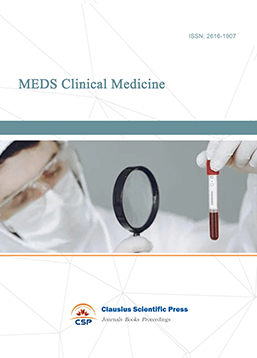
-
Journal of Neurobiology and Genetics
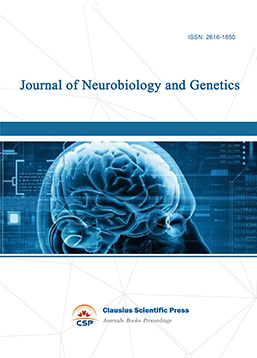
-
Medical Imaging and Nuclear Medicine

-
Bacterial Genetics and Ecology
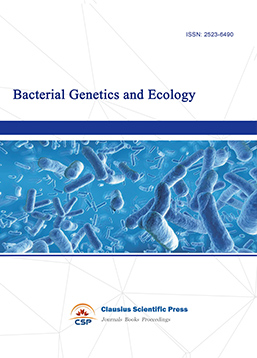
-
Transactions on Cancer
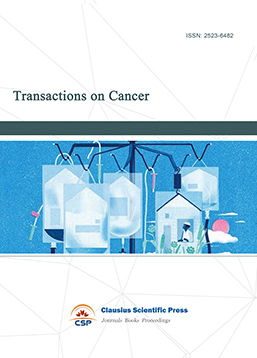
-
Journal of Biophysics and Ecology

-
Journal of Animal Science and Veterinary
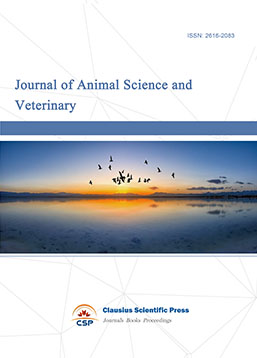
-
Academic Journal of Biochemistry and Molecular Biology
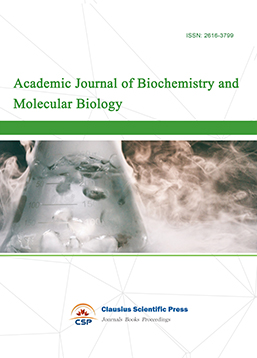
-
Transactions on Cell and Developmental Biology

-
Rehabilitation Engineering & Assistive Technology
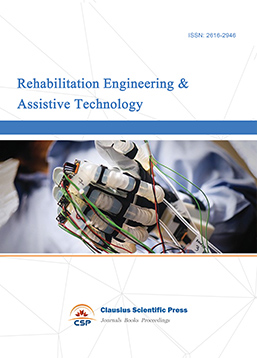
-
Orthopaedics and Sports Medicine
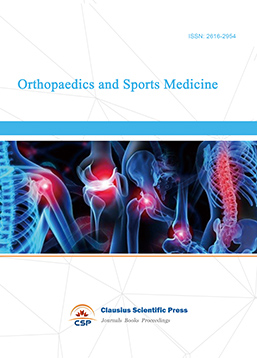
-
Hematology and Stem Cell

-
Journal of Intelligent Informatics and Biomedical Engineering
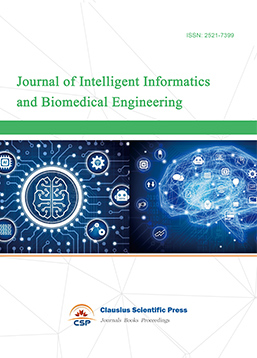
-
MEDS Basic Medicine
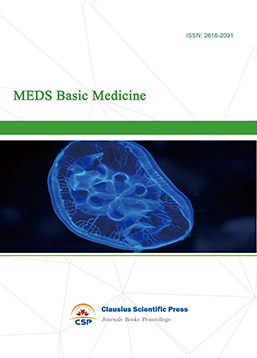
-
MEDS Stomatology
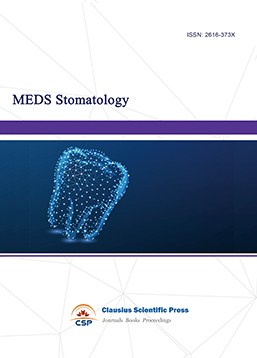
-
MEDS Public Health and Preventive Medicine
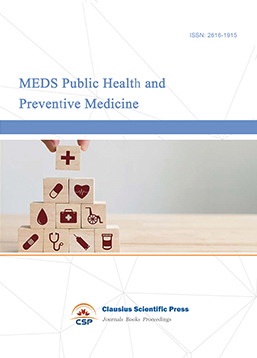
-
Journal of Enzyme Engineering

-
Advances in Industrial Pharmacy and Pharmaceutical Sciences
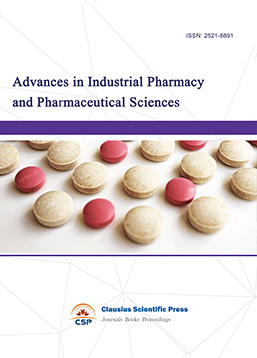
-
Bacteriology and Microbiology
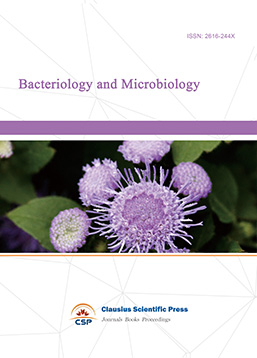
-
Advances in Physiology and Pathophysiology

-
Journal of Vision and Ophthalmology
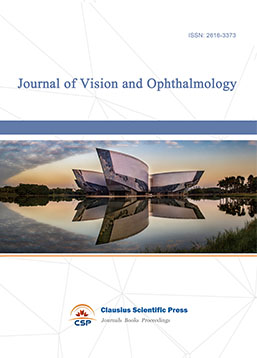
-
Frontiers of Obstetrics and Gynecology

-
Digestive Disease and Diabetes

-
Advances in Immunology and Vaccines

-
Nanomedicine and Drug Delivery
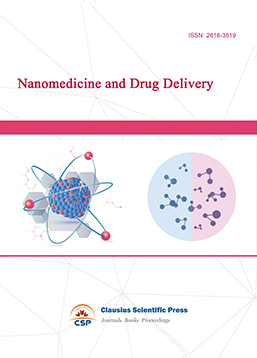
-
Cardiology and Vascular System

-
Pediatrics and Child Health

-
Journal of Reproductive Medicine and Contraception

-
Journal of Respiratory and Lung Disease
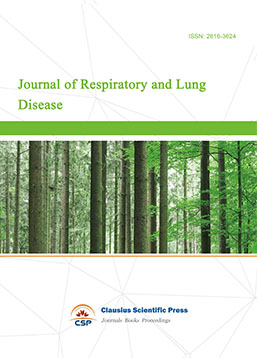
-
Journal of Bioinformatics and Biomedicine


 Download as PDF
Download as PDF